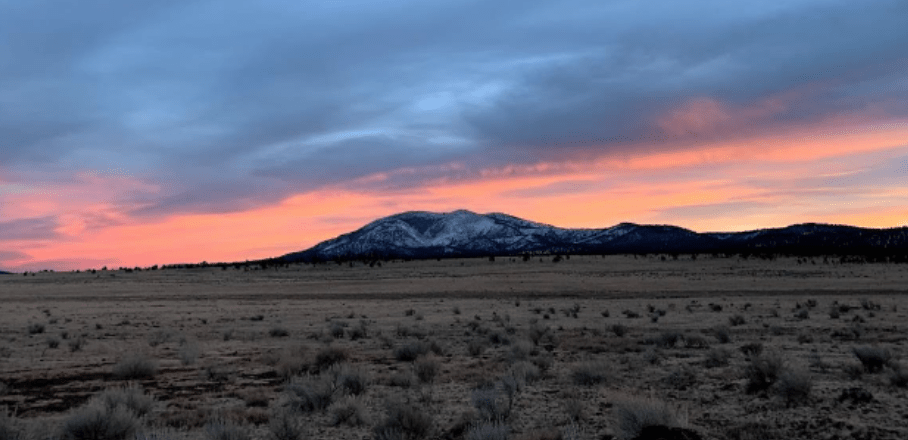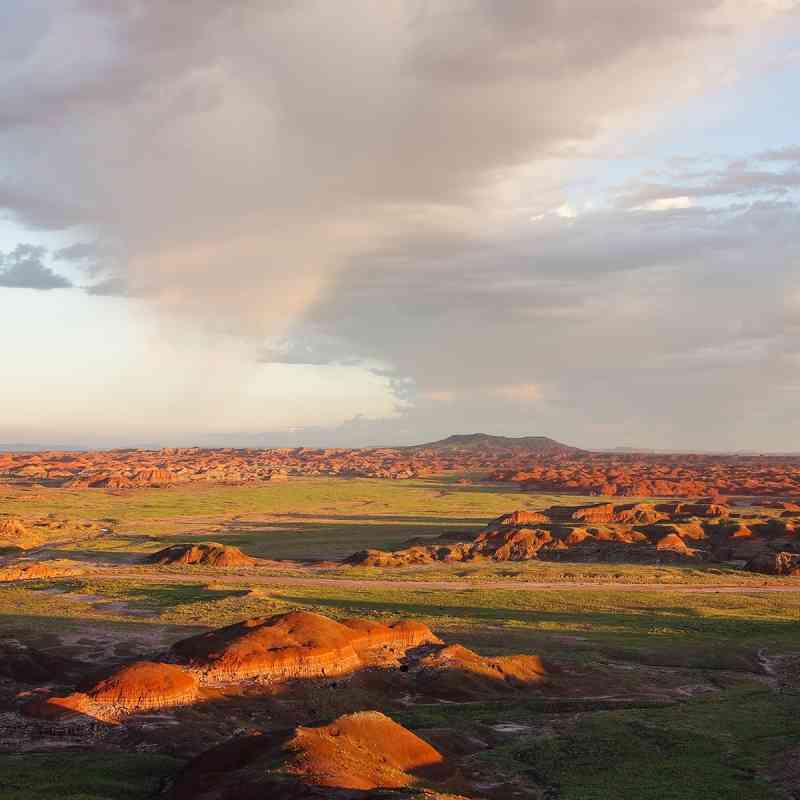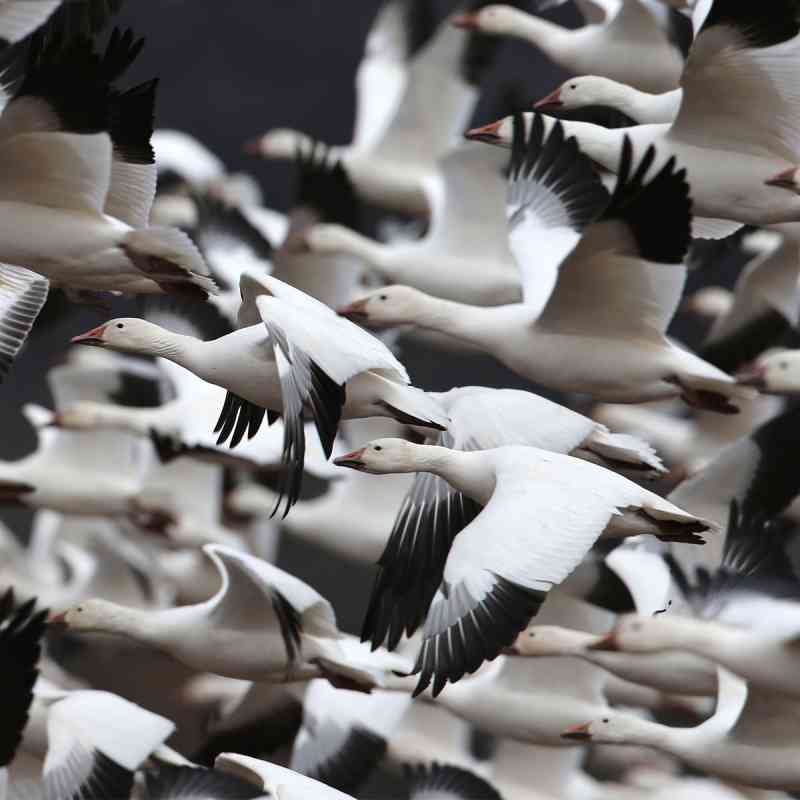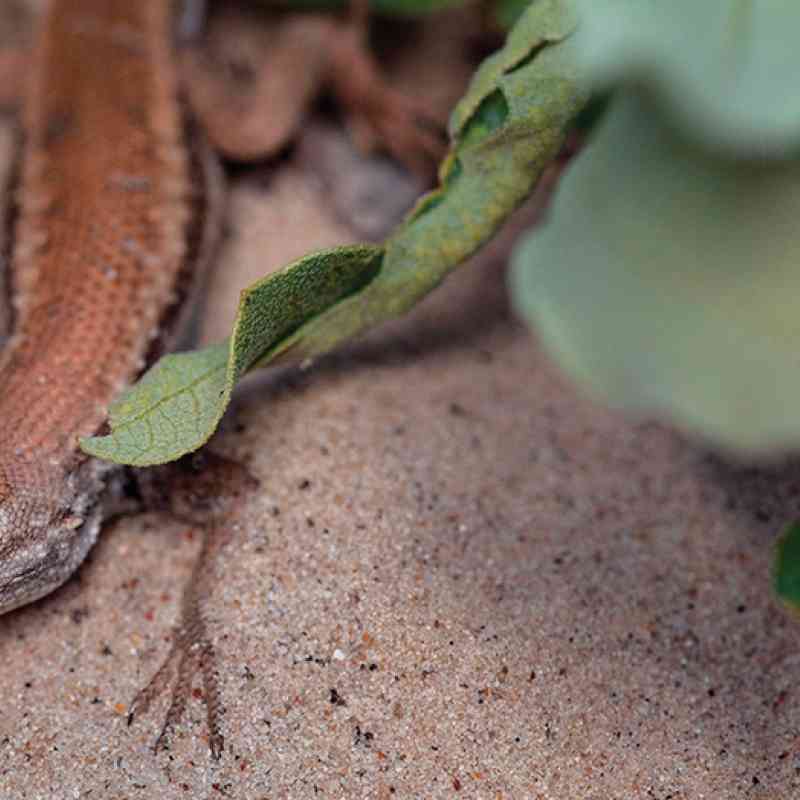Today the Bureau of Land Management (BLM) and U.S. Fish and Wildlife Service (FWS) released a draft Supplemental Environmental Impact Statement (SEIS) to reconsider a right-of-way for the proposed four-lane Northern Corridor Highway through Red Cliffs National Conservation Area (NCA) in southwestern Utah near Zion National Park. The proposed Northern Corridor Highway route violates five bedrock environmental laws and threatens critical habitat for the imperiled Mojave desert tortoise, recreational opportunities and scenic vistas.
In response to the release of the draft SEIS, a coalition of Utah-based and national conservation organizations including Conserve Southwest Utah, Southern Utah Wilderness Alliance (SUWA), Conservation Lands Foundation, Advocates for the West, Center for Biological Diversity, Defenders of Wildlife and WildEarth Guardians reiterated their opposition to the Northern Corridor Highway route and urged community members to participate in the public comment period, which has begun.
“We look forward to reviewing the supplemental environmental and scientific analysis on the impacts of punching a four-lane high speed highway through the heart of the Red Cliffs National Conservation Area and critical habitat for the Mojave desert tortoise,” said Todd Tucci, senior attorney for Advocates of the West, who represented the plaintiffs in litigation.
“We are confident that after an objective review of the science and inevitable environmental impacts, the BLM will agree with its prior analysis and the U.S. Fish and Wildlife Service’s scientists that the Northern Corridor Highway would be ‘biologically devastating’ to the integrity of the Red Cliffs NCA and desert tortoise,” said Tucci.
“There are better transportation options that exist than the Northern Corridor Highway route that serve our growing community needs while protecting wildlife and the scenic values that make our area such a special place to live, work and raise our families,” said Holly Snow Canada, executive director of Conserve Southwest Utah.
“This highway is an ill-conceived idea that needs to go away once and for all. We urge BLM to reject the highway and prevent the bulldozing of critical habitat for the threatened Mojave desert tortoise,” said Desiree Sorensen-Groves, vice president of land and habitat conservation for Defenders of Wildlife.
“The Bureau of Land Management shouldn't be considering routing a new highway through the stunning Red Cliffs National Conservation Area,” said Lisa Belenky, a senior counsel at the Center for Biological Diversity. “The conservation area is home to threatened desert tortoises, distinctive local plants and other wildlife. It’s also a natural refuge for people in this growing urban area. We’re committed to keeping it whole and wild.”
The release of the draft SEIS initiates a 45-day comment period for public feedback as part of the National Environmental Policy Act (NEPA) process. The BLM will announce a public meeting on the draft SEIS, providing an opportunity for questions and feedback.
“The plan offers several alternatives, but it’s up to us to ensure the agencies make the right decision in the end: a highway doesn’t belong in Red Cliffs National Conservation Area,” said Snow Canada. “While we’re still evaluating the draft, we urge community members who care about protecting Red Cliffs to stay engaged in the process and save the date for the public meeting. We will be issuing guidance on how community members can submit a substantive comment to the agencies soon.”
This SEIS is a result of a settlement agreement reached in November 2023 between the federal government and plaintiffs of a lawsuit filed in 2021. The lawsuit, brought by Utah-based and national conservation organizations, challenged a 2021 decision by the BLM and FWS to approve a highway right-of-way through the Red Cliffs NCA. The lawsuit cited violations of five federal environmental protection laws (the Omnibus Public Lands Management Act, the Land and Water Conservation Fund Act, the National Environmental Policy Act, the Endangered Species Act, and the National Historic Preservation Act). Shortly after the settlement agreement was signed, a U.S. District Court remanded the 2021 approval of the right-of-way, confirming that the highway would fragment sensitive wildlife habitat for threatened species, reduce outdoor recreation access to the area and set a dangerous precedent for protected public lands across the US.
“My wife and I moved to enjoy our golden years next to the stunning Red Cliffs National Conservation Area,” said Mike Brand, a Green Springs homeowner who opposes the highway, “There are other transportation options available to expedite traffic in Washington County without running the Northern Corridor Highway through the crown jewel of Washington County.”
Since 2006, local residents and concerned citizens across the country have voiced opposition to the highway, pointing out transportation alternatives outside of Red Cliffs NCA that do a better job of relieving traffic congestion, supporting economic growth and protecting wildlife, scenic beauty and local access to trails.
Background on Red Cliffs National Conservation Area (NCA):
The 44,724-acre Red Cliffs NCA is part of the larger Red Cliffs Desert Reserve that is collaboratively managed by the BLM, the FWS, the State of Utah, Washington County, and other municipalities. The Reserve was established under the 1995 Habitat Conservation Plan (HCP) as part of a “grand compromise” to protect ~61,000 acres of public lands for the Mojave desert tortoise (listed as “threatened” under the Endangered Species Act), while opening 300,000 acres of state and private lands for development. The Red Cliffs National Conservation Area was established in 2009 by Congress to “conserve, protect, and enhance…ecological, scenic, wildlife, recreational, cultural, historical, natural, educational, and scientific resources” of the public lands within the unit.
The region is home to important populations of the threatened Mojave desert tortoise and other at-risk plants and animals including the Gila monster, burrowing owl and kit fox. The Mojave desert tortoise is on a path to extinction according to leading researchers and its habitat in Southwest Utah is especially vulnerable given recent and anticipated growth in the region. The NCA is 45 miles from Zion National Park, and includes 130 miles of trails, two wilderness areas, heritage public use sites, Native American cultural artifacts, several threatened/endangered species and one of Utah’s most popular state parks, Snow Canyon State Park. People from all over the state, country, and world visit to hike, mountain bike, rock climb, horseback ride, photograph and marvel at the expansive red rock landscape.
Additional Media Contacts
Holly Snow Canada, Executive Director, Conserve Southwest Utah, 435-200-5838, holly@conserveswu.org
Grant Stevens, Communications Director, Southern Utah Wilderness Alliance (SUWA), 319-427-0260, grant@suwa.org
Kris Deutschman, Chief Communications Officer, Conservation Lands Foundation, 970-670-0193
Chris Krupp, Public Lands Attorney, WildEarth Guardians, 206-417-6363, ckrupp@wildearthguardians.org
Todd Tucci, Senior Attorney, Advocates for the West, 208-342-7024, ttucci@advocateswest.org
Lisa Belenky, Senior Counsel, Center for Biological Diversity, 415-385-5694 lbelenky@biologicaldiversity.org
For over 75 years, Defenders of Wildlife has remained dedicated to protecting all native animals and plants in their natural communities. With a nationwide network of nearly 2.1 million members and activists, Defenders of Wildlife is a leading advocate for innovative solutions to safeguard our wildlife for generations to come. To learn more, please visit https://defenders.org/newsroom or follow us on X @Defenders.




